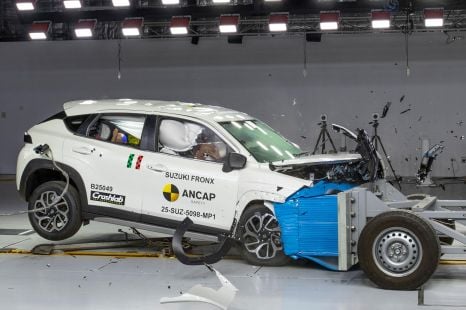

Damion Smy
Suzuki Fronx scores one-star ANCAP rating after seatbelt failure
6 Hours Ago

News Editor
Right out of the gates, the hotly-anticipated Ford Bronco will undergo a significant recall campaign to address a cosmetic issue.
The Blue Oval brand is replacing hardtops on all two- and four-door Bronco models, and is cutting overall production for 2021.
Jalopnik reports Ford is doing this to address an “unsatisfactory cosmetic appearance”, where moisture can cause the edges of the hardtop to look crusty.
Ford says it and supplier Webasto are altering their manufacturing processes to ensure a better seal application, and says the issue is only cosmetic and doesn’t affect the top’s functionality.

The company is replacing the ‘molded-in color’ hardtops of all Broncos, whether they’re with customers, at dealerships, or still at the Wayne, Michigan factory.
That means buyers who have already been eagerly awaiting the arrival of their Broncos will have to wait a little longer.
Replacement hardtop kits are expected to be available in October 2021, with the oldest vehicles to have their roofs replaced first.
Customers who haven’t taken delivery will receive updates over September and October.
Those who haven’t been given a build date will see their vehicles’ production delayed to December, and they’ll be model year 2022 vehicles. That excludes the First Edition, of which all examples will be 2021 vehicles.
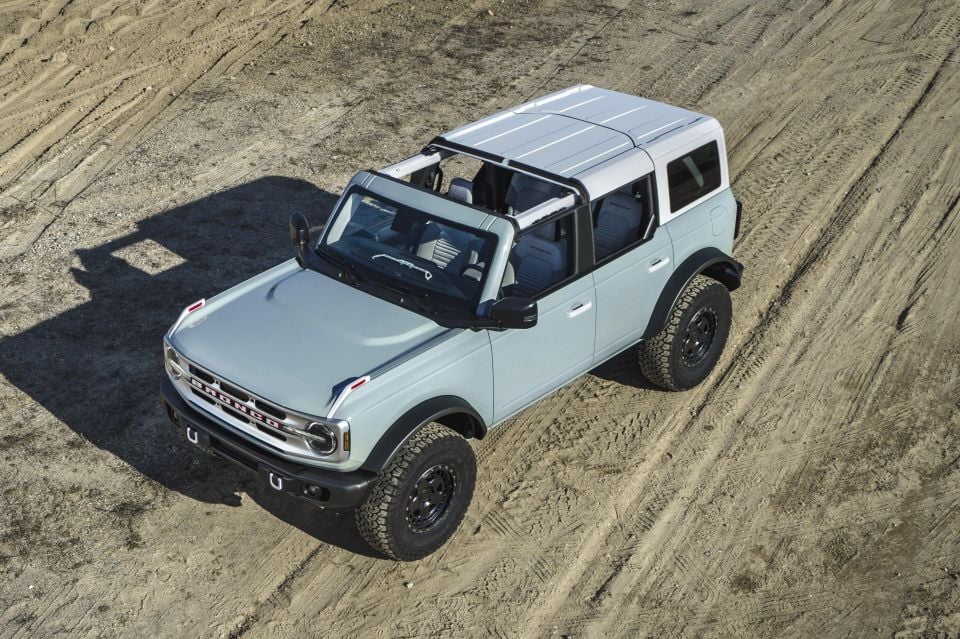
In addition to replacing hardtops free of charge, Ford is also offering some compensation.
Buyers ordering model year 2022 or 2023 vehicles can lock in the current vehicle’s pricing if they had a reservation or order as of March 19, 2021.
Ford is also offering up to $1100 in FordPass points, which can go towards accessories, and throwing in (or rather, carefully installing) sound deadening headliner material free of charge.
Customers who order a soft top model will get a free hardtop prep kit that includes connections and controls for the rear wiper and defroster, though accessory hardtops won’t be available until calendar year 2023 and soft tops aren’t available on the two-door.
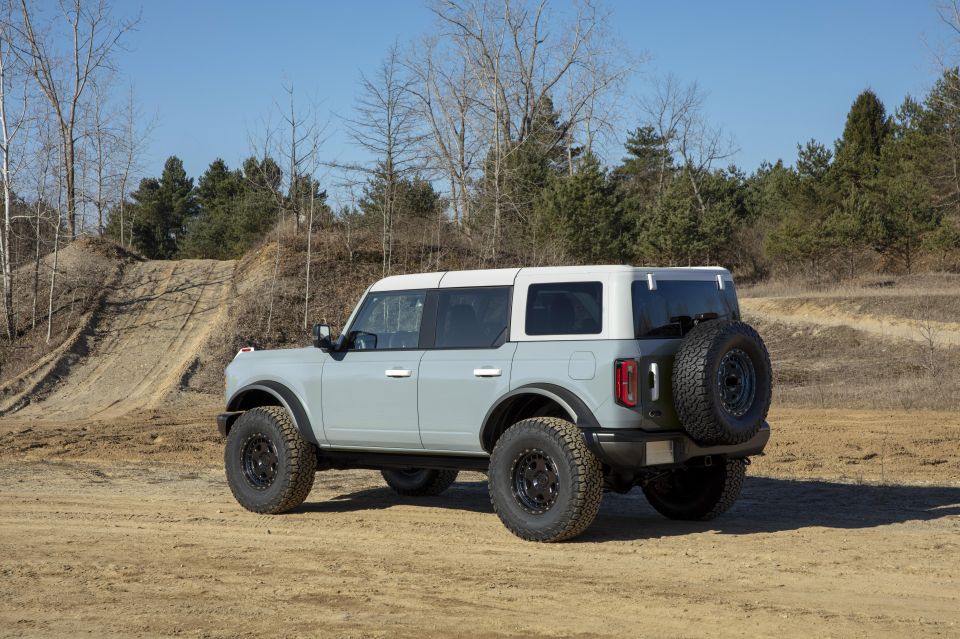
Ford received 200,000 reservations for the Bronco, of which 125,000 were converted to orders. 70 per cent of those were conquests from other brands.
At the time of launch, waiting lists had stretched out to 18 months.
So far, Ford has sold 3000 vehicles through July.
The most popular options have been the hardtop roof, Sasquatch package, turbocharged 2.7-litre V6 engine, tow package, luxury package and Safari bar.
Ford hasn’t locked in the Bronco for Australia and strong demand in North America will likely slow any local launch.
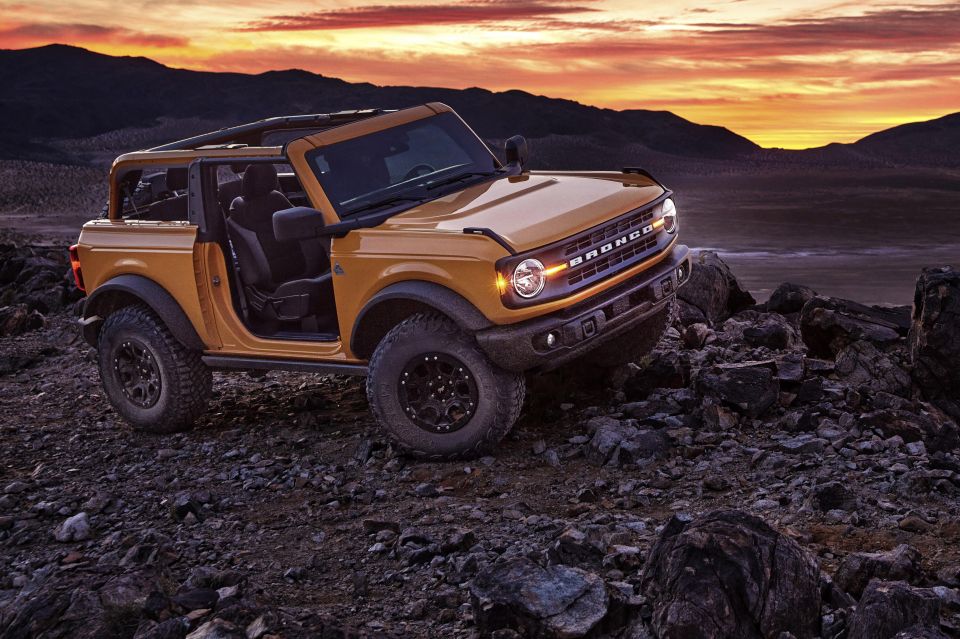
The company offers a sprawling range of Bronco models in North America across both two- and four-door body styles, and is set to roll out further special editions.
It’ll also start offering the Sasquatch package with a manual transmission. This adds 17-inch black-painted wheels in 35-inch BSW Mud-Terrain tyres, plus electronic-locking front and rear axles, a 4.7 final drive ratio, and ‘high-clearance’ suspension and fender flares.
These features are standard on the Wildtrak, which is proving to be the most popular model in the line.
In order of price, the range consists of Base, Big Bend, Black Diamond, Outer Banks, Badlands, Wildtrak and special First Edition models.
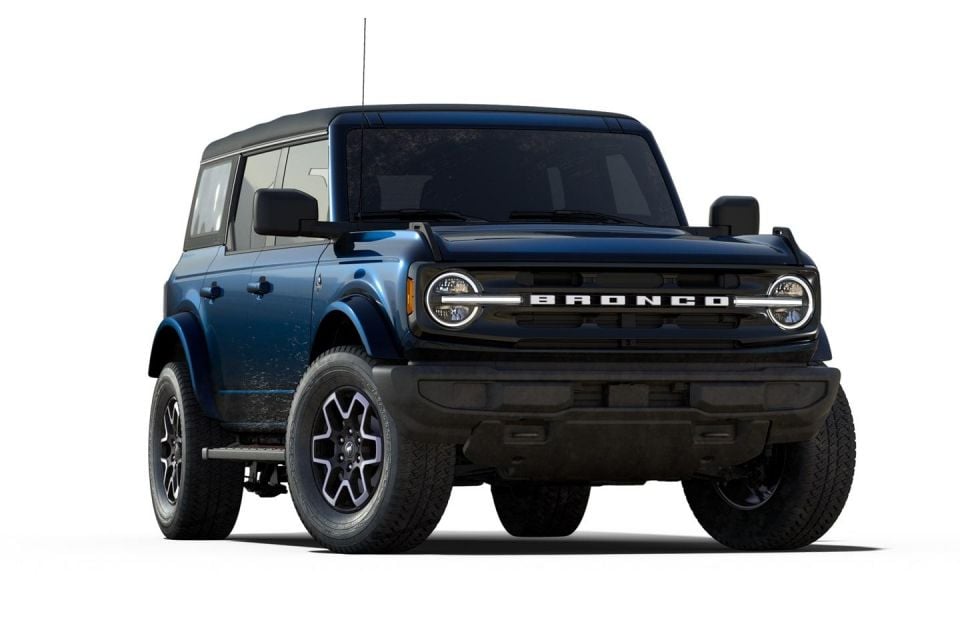
Based on a version of the T6 architecture underpinning the Ranger and Everest, the four-wheel drive Bronco offers a choice of two engines.
The turbocharged 2.3-litre four-cylinder engine produces 201kW of power and 420Nm of torque and is mated to either a seven-speed manual or 10-speed automatic transmission, while the turbocharged 2.7-litre V6 makes 231kW and 540Nm and is available only with the auto.
Prices start at US$28,500 (A$39,871) for the base two-door and top out at US$61,110 (A$85,494) for the First Edition four-door.
Ford’s also reportedly working on a range-topping Bronco Raptor, due in 2023.
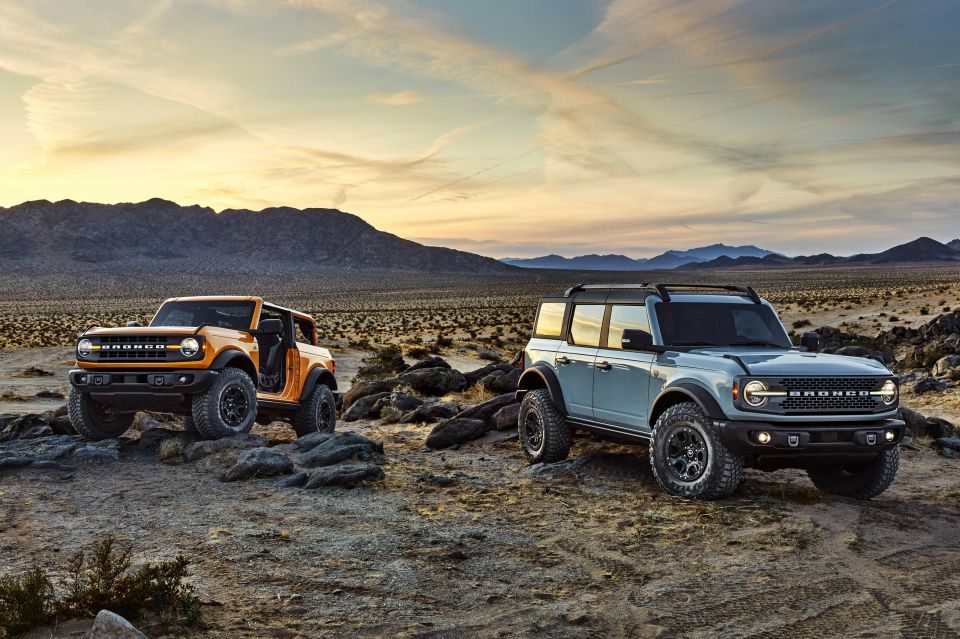
Both two- and four-door models feature removable roof panels for all passengers, along with removable quarter window panels while the hardtop is in place.
The removable doors are frameless, something Ford touts as a class-exclusive.
Two four-wheel drive systems are offered across the range. The less advanced of the two features a two-speed electronic transfer case, while the “advanced” setup gains an automatic mode capable of moving between modes depending on what’s required.
There’s a Dana 44 solid rear axle and an independent Dana front-differential unit, although Spicer Performa-TraK electronic differential locks are available.
Where expert car reviews meet expert car buying – CarExpert gives you trusted advice, personalised service and real savings on your next new car.
William Stopford is an automotive journalist with a passion for mainstream cars, automotive history and overseas auto markets.


Damion Smy
6 Hours Ago
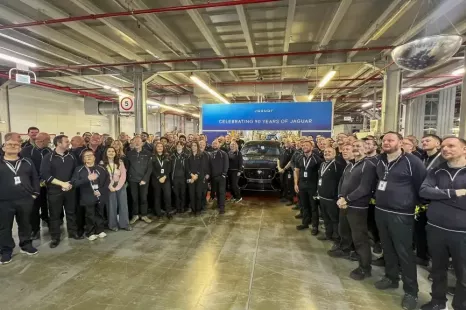

Damion Smy
10 Hours Ago
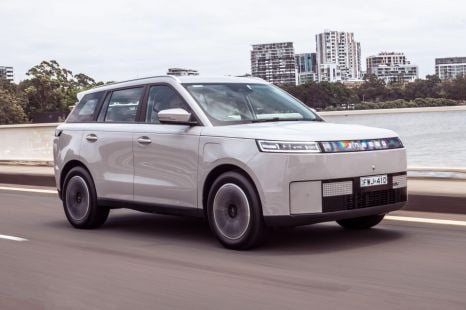

Josh Nevett
12 Hours Ago
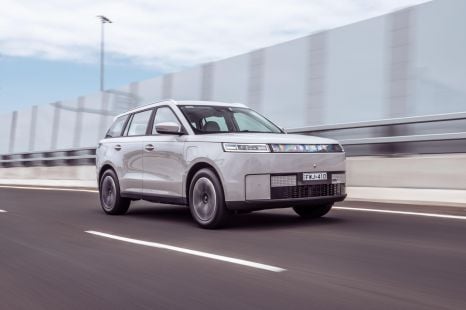

Josh Nevett
12 Hours Ago
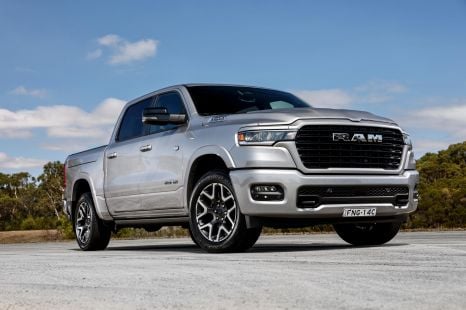

Damion Smy
12 Hours Ago
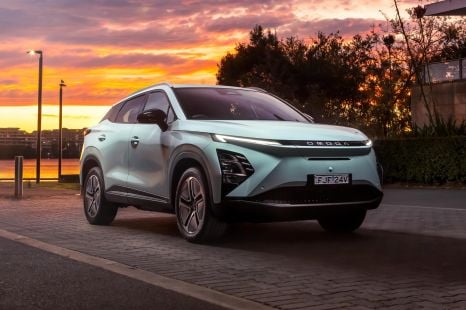

CarExpert.com.au
13 Hours Ago